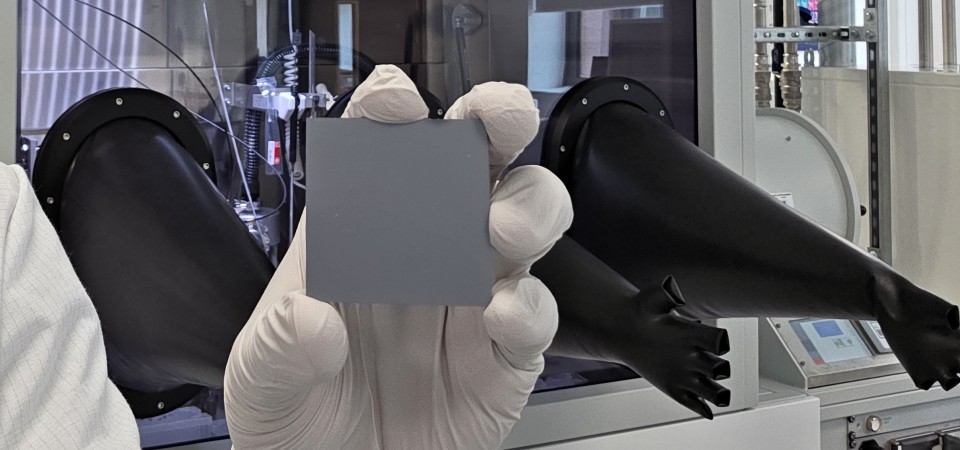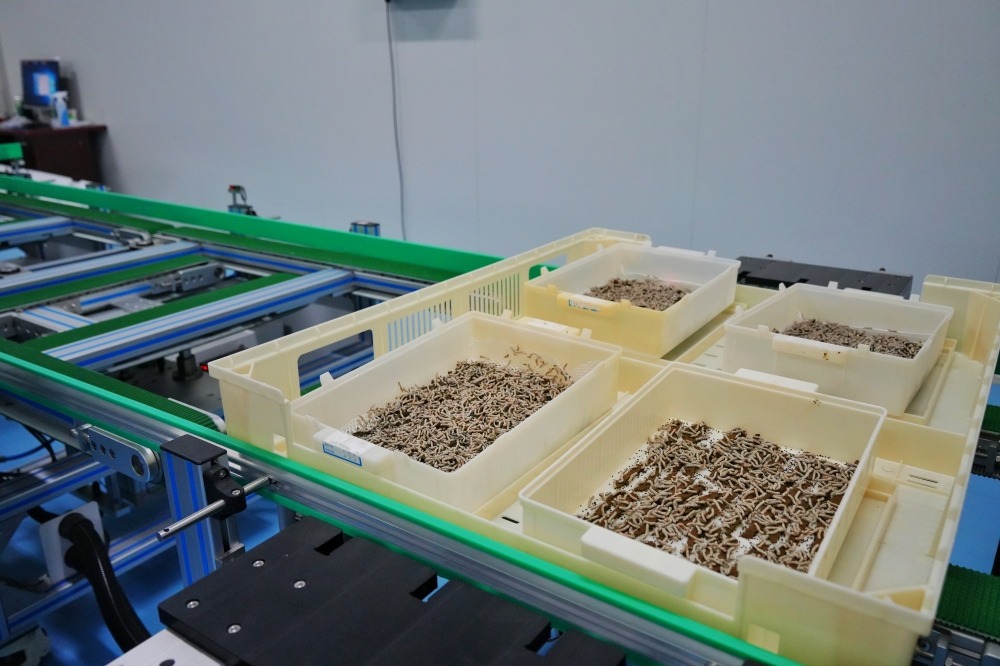India's Space Ambitions Get a Boost: New Tech to Revolutionize Solar Power in Orbit

India’s burgeoning space program is set to receive a significant boost thanks to a groundbreaking collaboration between Loughborough University (UK) and Swansea University (UK). Together, they are pioneering a revolutionary approach to solar power generation in space, leveraging cutting-edge cadmium telluride (CdTe) solar cell technology. This isn't just an incremental improvement; it's a potential game-changer for satellite operations, space-based manufacturing, and future deep-space exploration.
The core of this innovation lies in the development of ultra-thin CdTe solar cells mounted on glass substrates. CdTe is already a well-established material for terrestrial solar panels, known for its high efficiency and cost-effectiveness. However, traditional CdTe panels are relatively heavy, a significant drawback for space applications where every gram counts. By fabricating these cells on ultra-thin glass, the researchers are drastically reducing the weight while maintaining – and potentially even enhancing – their performance.
Why is this so important for India's space program? The Indian Space Research Organisation (ISRO) is aggressively pursuing ambitious missions, including crewed spaceflights (Gaganyaan) and lunar exploration (Chandrayaan). Reliable and efficient power generation is absolutely critical for these endeavors. Current solar panel technology, while functional, can be bulky and limit the payload capacity of spacecraft. The lightweight CdTe solution promises to alleviate these constraints, allowing ISRO to pack more scientific instruments, communication equipment, or even manufacturing facilities onto its satellites.
Here's a breakdown of the key benefits:
- Reduced Weight: Ultra-thin glass significantly lowers the overall mass of the solar panels, increasing payload capacity.
- High Efficiency: CdTe remains a highly efficient solar cell material, maximizing power generation.
- Enhanced Durability: The glass substrate provides protection against radiation and micrometeoroids, extending the lifespan of the solar panels in the harsh space environment.
- Cost-Effectiveness: CdTe is a relatively inexpensive material, making this technology economically viable for large-scale deployment.
Beyond satellites, this technology holds immense potential for space-based manufacturing. Imagine constructing large-scale solar farms in orbit, beaming clean energy back to Earth. Or building habitats on the Moon or Mars, powered by efficient and lightweight solar arrays. This collaboration between Loughborough and Swansea Universities is a crucial step towards realizing these ambitious visions.
While the details of the collaboration and the timeline for deployment are still emerging, the potential impact is undeniable. This breakthrough underscores the importance of international collaboration in advancing space technology and highlights India’s growing role in the global space race. ISRO’s ability to leverage such innovations will be paramount to its continued success and its contribution to humanity's exploration of the cosmos. The research team is currently focusing on optimizing the manufacturing process and conducting rigorous testing to ensure the long-term reliability of these ultra-thin solar cells in the demanding conditions of space.






